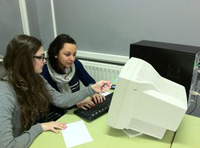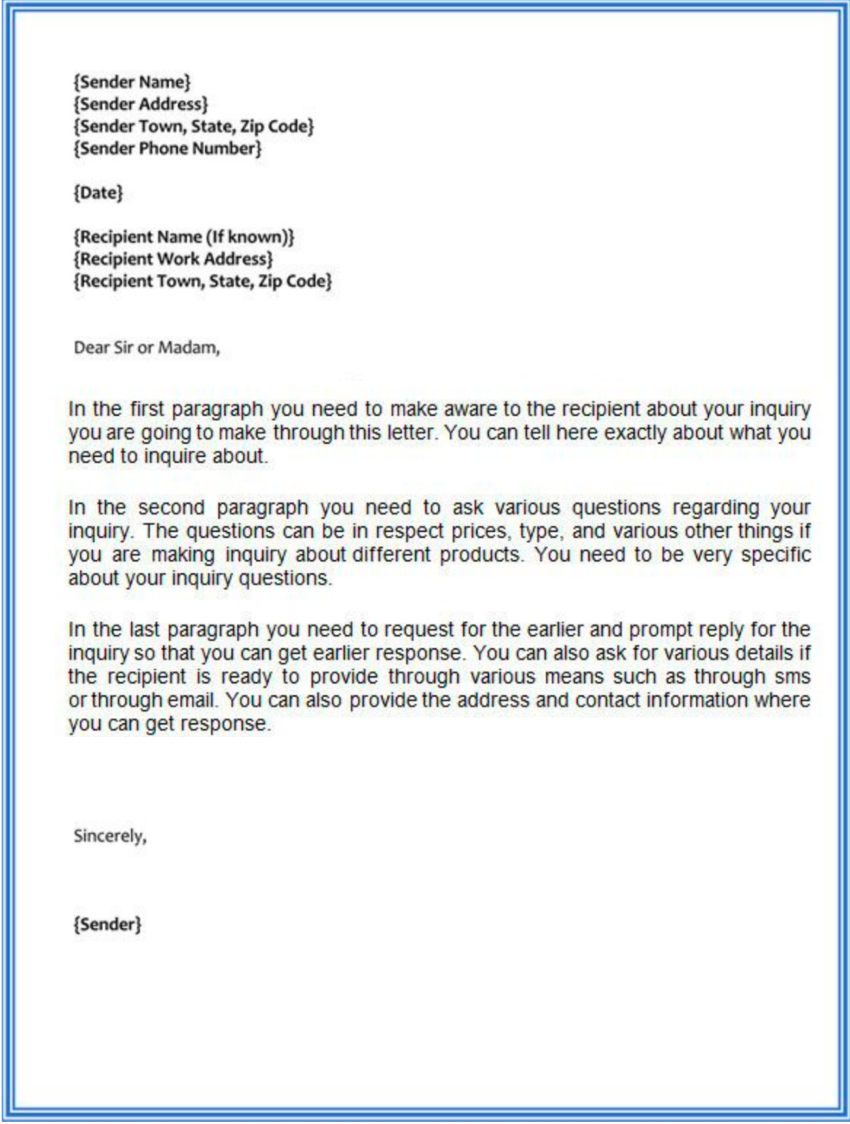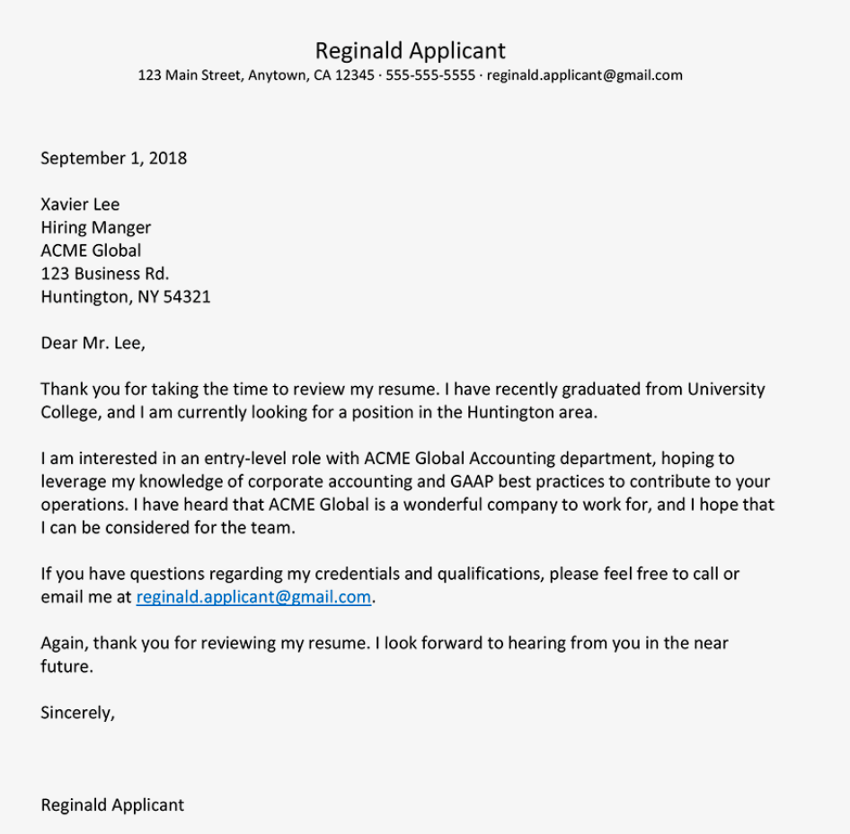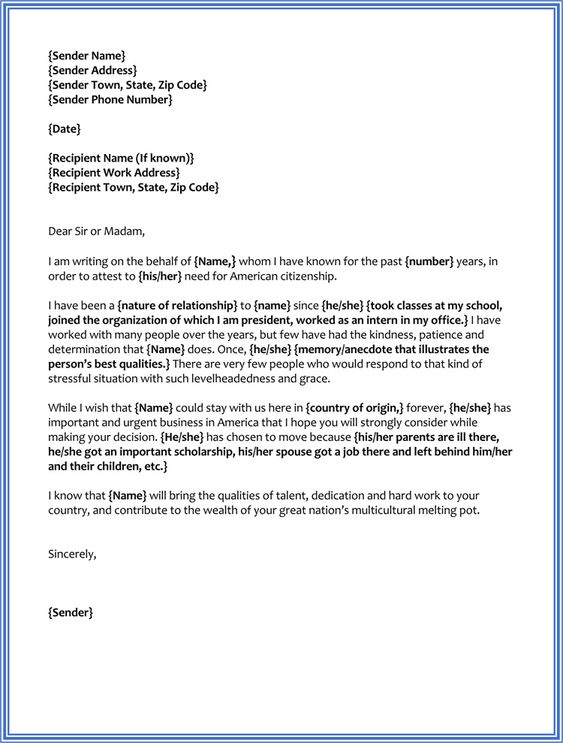Unit 7. Session 2.- Covering letter.
Situation

Read about the following situation.
The girls are still doing some research on the task about administration documents that Mr. Johnson asked them to do. So far, they have read a lot about offers, delivery notes, invoices, budgets, quotations, business letters, memorandum, complaints and claims, insurances, etc… In addition, they are learning how to organise all those documents in the right place following a specific procedure according to a business plan that they have to review constantly.
Eva: Hey Monica, how are you doing?
Monica: Ugh! This is really tiring! I never thought that reading these kinds of administrative and commercial documents in English would be so complicated!
Eva: I know! But it's normal; English isn’t our mother tongue after all. Have you organised the invoices in chronological order as Mr. Johnson told us?
Monica: Yes, I did, but I have a problem because the order of the invoices isn’t correct. The invoices haven’t got the right numbers and they don’t follow a coherent order. Look, isn’t it a mess?
Eva: True. It is due to a cancellation on the invoice so However we have to tell Mr. Johnson. What about the classification of the rest of documents?
Monica: The budgets are already classified according to the clients and dates and they are all good. I only have to look at the last quarter of this year.
Eva: I have also organised the client dossiers and the promotional ones. I have all the financial documents but I hope I won’t have to deal with them, so I will just take a look and I guess that's it.
Monica: I agree with you, I’m totally lost with the financial documents. Well, you’re extremely busy and you still have a lot of work to do. Besides, I have also seen several covering letters attached to resumes and applications to become an intern. We have here all kinds of documents. Getting bored is impossible! I'd better go back and keep working! See you later!
(A few minutes later)
Eva: Lunch time!
Monica: (says excitedly) I'm so hungry! We’re having lunch at 12 a.m! Can you believe it? Getting used to a new culture isn’t that hard after all.
Think about it
Write in the forum:
- Why is safety important in the workplace?
- Are there any rules and regulations about health and safety in the office in your country?

Materiales formativos de FP Online propiedad del Ministerio de Educación y Formación Profesional.




 What are the main differences in use between the passive and the active voice?
What are the main differences in use between the passive and the active voice?


